Want to avoid paying more than you should come tax time? Or a frantic last minute search for missing financial records?
New business owners have a lot on their plate, and can easily lose track of an approaching tax deadline or financial data needed to submit their return.
Organization is key when preparing for tax time, as is taking advantage of the many tools and resources out there to support new entrepreneurs.
Set yourself up for success by following these four pillars of painless tax prep.
1. Commit to clean bookkeeping from day one
Year-round, effective bookkeeping is the best way new business owners can minimize tax season stress. With the wide range of accounting software out there, there’s no reason to rely on time consuming manual methods that leave room for error.
All-in-one options like Xero, KashFlow and QuickBooks automate your most important bookkeeping processes, including:
- Tracking expenses;
- Tracking sales and income;
- Creating and sending invoices; and
- Managing inventory.
With your financial records all in one place and up-to-date, you’re better positioned to maximize your refund, while avoiding penalties associated with incorrect or incomplete tax returns.
2. Capture every business expense
Each year, 21% of small business owners claim less than half of their business expenses, largely because they don’t have a reliable system for documenting expenditure while on the go.
Without carefully logged receipts, entrepreneurs must forfeit valuable tax deductions, sacrificing cash they could be funnelling back into their business.
Cash in on claimable expenses by using a mobile app to record receipt data, track mileage and generate expense reports. As an added bonus, many of these tools sync with your all-in-one accounting software.
3. Separate business from personal
Right from day one, small business owners should clearly divide their personal and business expenses. Differentiating between the two will make it much easier to claim deductions on your tax return – and support those claims in case of an audit.
Recommended steps to separate your business and personal finances include:
- Create a separate bank account for your business and designate a credit card solely for business purposes (this will help you track expenditure while building up your credit and borrowing power);
- Never combine business and personal expenses (for example, if you buy printer ink for your home and your business at the same time, ask for two separate receipts);
- Pay yourself a set salary from your business bank account each month (this will help you determine how your income, as well as the business, will be taxed).
4. Always consult with an accountant
Not sure exactly what you can claim as a business expense? Wondering which accounting software to use or how to interpret local tax regulations?
Consult with an accounting professional to put your mind at ease – well before the filing deadline! In addition to managing the nuts and bolts of tax preparation, regular meetings with an accountant will help you continuously improve bookkeeping practices and better understand the financial workings of your small business.
Those organizational strategies you commit to now will promote positive relations with your local tax authorities – and the long-term financial health of your company.
If you want help and advice to manage your small business tax then speak to the experienced team at BSN & Co. We have helped many small businesses so book a free no obligation meeting today!








